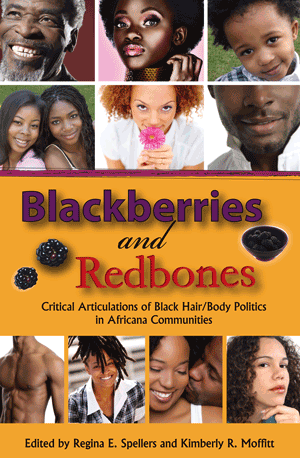Mixed Race/Mixed Space in Media Culture & Militarized Zones
Thursday Afternoon Forum Series
University of California, Berkeley
691 Barrows Hall
2010-10-07, 16:00 to 17:30 PDT (Local Time)
A Critical Race Theory Approach to Understanding Cinematic Representations of the Mixed Race Experience
Kevin Escudero, Ethnic Studies
This presentation focuses on the developmental trajectory of the portrayal of mixed race people in mainstream media. Primarily looking at film, but also analyzing other media texts such as photography, stand-up comedy and particular sub-genres of film (Disney, television series, etc.) this presentation seeks to understand the ways in which different forms of media have portrayed mixed race people pre and post-Loving. While much work has been done on the depiction of mixed race people in media post-Loving, there is a need for such work to be contextualized within the pre-Loving depictions of mixed race. Furthermore, very little attention has been given to the ways in which pre-1967 depictions of mixed race characters (e.g. the tragic mulatto) oftentimes reflect as well as perpetuated racist stereotypes of mixed race people. These depictions of mixed race people during the anti-miscegenation era are what I argue, has given rise to the utilization by mixed race people of multiple forms of self-expression available through various media in the post-Loving era.
Using a framework of “neutralizing the Other” in combination with a Critical Race Theory analysis I will also examine the ways in which post-1967 depictions of mixed race people in media have resulted in a neutralizing of the pre-1967 “threat” of miscegenation and the resulting mixed race offspring of these marriages. Using pre-1967 depictions as a backdrop for post-Loving discourse, this paper also comments as to the self-perception and self-representation of mixed race youth today in film. In this analysis, other forms of marginalization and subordination are prevalent, specifically gender. Not to be overlooked in mixed race and miscegenation discourse, women of color are more often than not depicted as hypersexualized, super-fertile beings while mixed race men depending on their racial mixture are depicted as either hyper-masculine beings (Dwayne “The Rock” Johnson and Vin Deisel) or associated with a more effeminate masculinity (e.g. Keanu Reeves who is half Asian and half Caucassian). Tiger Woods, on the other hand, and the media portrayal of his marriage scandal at the end of 2009, has been cast as the ultimate playboy among men.
Historical Development and Expression of Black-Okinawa: Mixed-Socio-Cultural Race/Space in Militarized Zone
Ariko Ikehara, Ethnic Studies
This paper examines the historicity of the Cold War and the Post-Cold War era and the narrativity of its aftermath in which the legacy and memories of the U.S.-Asia border (militarized Asia space) are apprehended, narrated and remembered from a transpacific gaze: mixed-space/race zone in the U.S. militarized Asia. Thus, this project seeks to map out a genealogy of mixed-space/race in the U.S. militarized Asia zone in the historical context of the Cold War and Post-Cold War era. Re-examining the “natural” phases of social-geographical expansion/spatial development brought on by the militarization of Asia during the Cold war and Post-Cold war era in Asia, my main focus is couched in the base cultural space (mixed-space) in Okinawa. Some of the research questions are: what is the structure that maintains and fuels the military complex in Asia, what forms did the militarized place become mixed-space, and what are the different circumstances in which the mixed-race people (Amerasians) with or without mixed families traverse and move in and out and around (circulation) of the militarized Asia zone. Centering the black-Amerasian history and narrativity as the loci of inquiry, I am particularly interested in exploring how the notion of “blackness” is apprehended, circulated, and performed in the mixed-space/race, and is reiterated over and again within the larger spatiality of transnational sites in between US and Asia.
For more information, click here.



